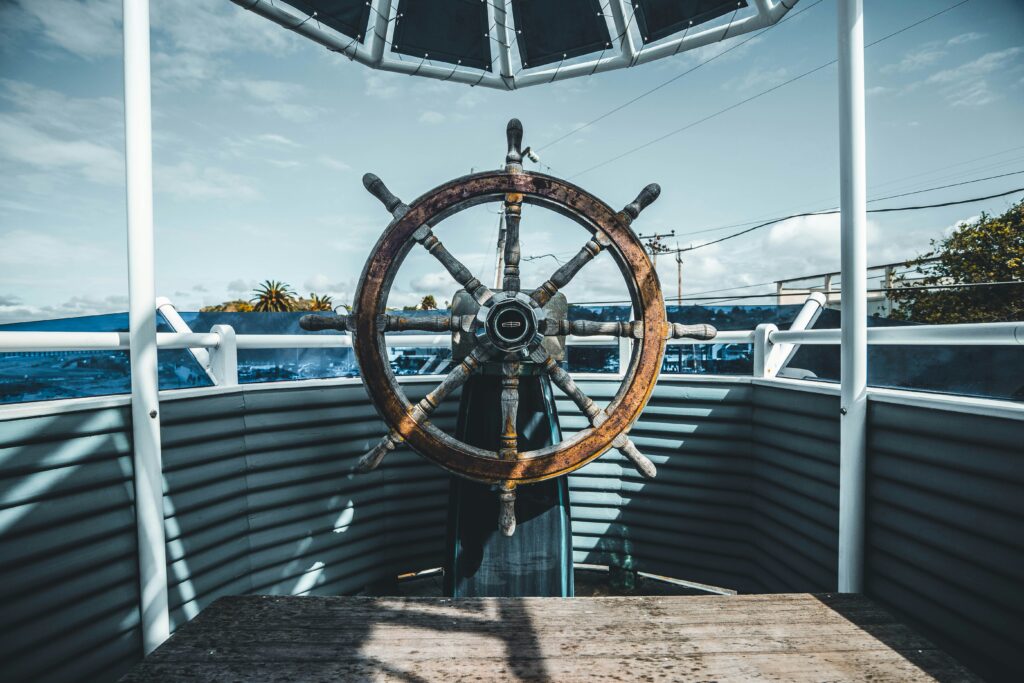
Last week, I introduced you to Santiago Genovés and his utterly bizarre, misguided, and terribly executed social experiment with four men and six women aboard a raft in the middle of the Atlantic.
Here’s a quick recap: Genovés, an anthropologist, thought he could manufacture conflict among the participants of his little experiment, particularly around the group’s sexual dynamics (he was expecting all kinds of drama, you see). His theory was that if you could determine the cause of conflict and violence, you could find a solution to counter that violence and diminish its prevalence worldwide.
A noble goal, sure. But the whole endeavor was destined to fail from the beginning, at least by Genovés’ measure.
For one, the group wasn’t as sex-crazy and lust-driven as he expected it to be. While there was some hanky-panky going on, none of it was competitive, and there was certainly nothing orgy-like happening.
But here’s what I find particularly interesting: Genovés started off as an observer on the boat, taking notes like any good anthropologist would. But then, when conflict wasn’t cropping up like he’d expected it to, he started to meddle and involve himself in the group dynamic.
He’d give participants questionnaires, asking whether they thought things were going along well. He’d ask things like, “who on the boat do you hate? Who do you want to throw overboard? Who do you want to have sex with?”
And when that wasn’t enough to stir up discord, Genovés began to steamroll the group’s leadership, quite literally putting himself in the captain’s chair.
At one point, there was a tropical storm warning. The captain knew what to do, and she wanted to wait it out. Genovés disagreed, took away her power, and took over as captain. Now, Genovés was not qualified to make that kind of decision, and fortunately, the storm turned. But the damage was done: the group was pissed.
Then the raft’s rudder broke. Genovés told the diver in charge of repairs (an experienced female diver) not to do them. Instead, he insisted on trying himself, never mind the fact that he didn’t know how to SCUBA dive, nor did the diver’s equipment fit him.
Genovés was making enemies left and right. Before long, the person everyone on the boat hated most was Genovés himself. And they all united against him. He proved to be a great outlet for their frustration and commiseration.
It just goes to show that with a common enemy, we can look past our differences and form a united front.
If you’ve found the story of Genovés’ hairbrained experiment as fascinating as I have, you can watch this documentary, aptly titled The Raft. As reported in Forbes, “Throughout The Raft, the seven surviving participants recount vivid memories of the journey, of the intimate moments they shared, of the struggles they never told anyone about at the time, and in some cases, of the hardships they’d fled back home. Those reflections lend Lindeen’s film an elegiac poignancy, allowing it to be as much about subjectivity and perception as it is about one of the more bizarre chapters in the annals of social science.”
And if you’re wondering what happened to the misguided anthropologist behind all of it, prepare yourself for a wildly ironic twist: According to the New Yorker, after his efforts to incite violence on The Raft, Genovés was nominated for a Nobel Peace Prize in 1981. He also went on to become the central author of “The Seville Statement on Violence,” the first global pronouncement to reject the idea of “biological pessimism.”
(Goes to show our story is never quite finished, no matter how many times we screw up, doesn’t it?)
In my next post, I’ll share a few things this whole saga has to teach us about leadership. It’s important stuff. Stay tuned.
Photo by Joseph Barrientos on Unsplash
